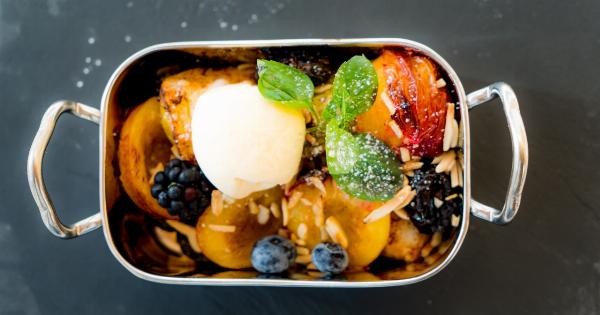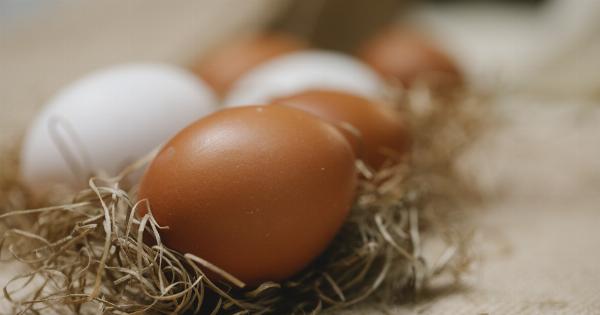It is said that people eat with their eyes first. This means that the appearance of the dish can affect how someone perceives the taste of it. This is the power of food presentation.
The importance of presentation
The presentation of a dish can either make or break a dining experience. A poorly presented dish can make it unappetizing, even if the taste is good.
On the other hand, a well-presented dish can increase the enjoyment of the diner, even if the taste is average. The presentation of a dish is important because it sets the expectation for the taste.
Elements that affect food presentation
There are several elements that can affect the presentation of a dish. These include the color of the food, the texture of the food, the size and shape of the food, the presentation style, the garnishing, and many more.
Color of the food
The color of a food can greatly affect its presentation. Bright and vibrant colors can make a dish more appealing, while dull colors can make it unappetizing.
For example, a salad with a variety of colorful vegetables can look more appetizing than a salad with just one color. The color of the food can also affect the mood of the diner. For example, the color blue can have a calming effect, while the color red can increase appetite.
Texture of the food
The texture of the food can also affect its presentation. Food that is crispy, crunchy, or has a good mouthfeel can be more appealing than food that is soft or mushy.
For example, a dish with crispy fried chicken can look more appetizing than boiled chicken. Texture can also add variety to the visual appearance of a dish. A salad with crunchy croutons, creamy dressing, and soft lettuce can look more interesting than a salad with just one texture.
Size and shape of the food
The size and shape of the food can also affect its presentation. Food that is cut into uniform shapes and sizes can look more appealing. For example, a dish with perfectly sliced beef can look more appetizing than a dish with unevenly cut meat.
The size of the food can also affect the visual appeal of the dish. Food that is small and delicate can look more elegant, while big and bold food can look more hearty.
Presentation style
The presentation style of a dish can greatly affect its visual appeal. The way the food is arranged on the plate can make a big difference.
For example, a dish with a beautiful rainbow of vegetables arranged in a circular shape can look more appealing than a random pile of veggies. The presentation style can also create a sense of balance and harmony on the plate. For example, a dish with a centered piece of protein, surrounded by vegetables and garnishes can create a sense of order on the plate.
Garnishing
Garnishing can also affect the presentation of a dish. A simple garnish can add a pop of color and texture to a plate. A sprig of fresh herbs, a sprinkle of chopped nuts, or a drizzle of sauce can make a dish more visually interesting.
However, garnishing should not overpower the dish. The garnish should complement the dish and enhance its flavors, not compete with it.
Conclusion
The power of food presentation should not be underestimated. It can greatly affect how a dish is perceived and enjoyed. The careful consideration of the elements of food presentation can make an average dish exceptional and a great dish unforgettable.































